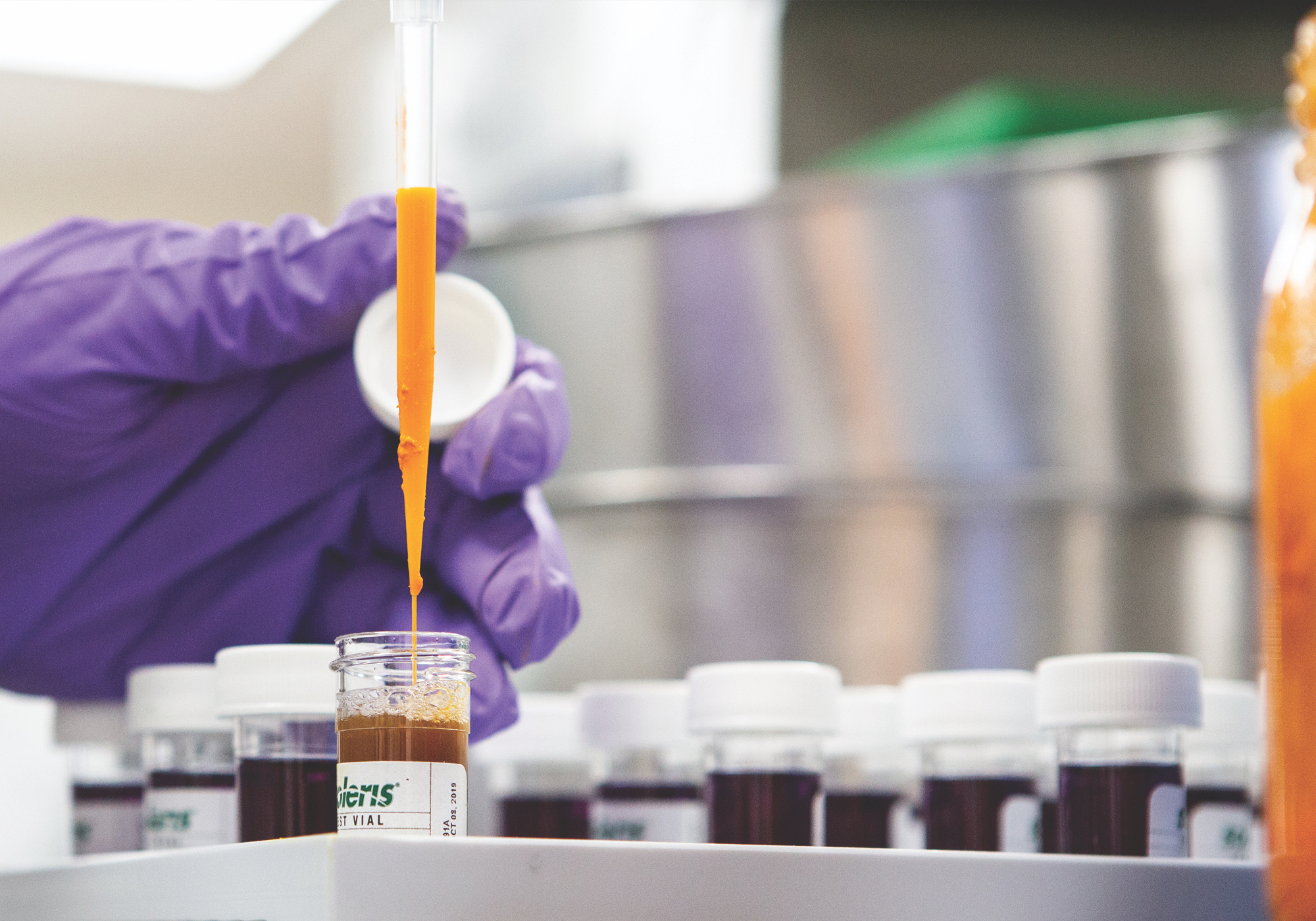Scientific name:Piper methysticum
Constituents:
- Resinous kava lactones (alpha-pyrones): methysticin, dihydromethysticin, kavain/kawain, dihydrokavain/kawain, demethoxyyangonin, and yangonin
- Chalcones ((lavokavins A, B and C)
- Flavonoids
- Piperidine alkaloids
- Amino acids
- Minerals (iron, magnesium, potassium, calcium and sodium)
Medicinal actions:
- Analgesic
- Anti-inflammatory
- Antimicrobial
- Bitter
- Antispasmodic
- Diuretic
- Nervine Relaxant
Mechanism of Action & Pharmacology:
- Kava lactones (methysticin, dihydromethysticin, kavain/kawain, dihydrokavain/kawain, demethoxyyangonin, and yangonin) have demonstrated analgesic, anxiolytic, antidepressant, antispasmodic, and analgesic effects which do not appear to involve the opioid system.
- Synergistic actions between kavalactones have been reported, and could partly be explained by the uptake of these compounds into brain tissue, with limbic structures suggested as the principal site of kavalactone activity.
- May modulate GABA activity via alteration of lipid membrane structure and sodium channel function, monoamine oxidase inhibition, and noradrenaline and dopamine re-uptake inhibition. Does not act as a CNS depressant or impair motor function in therapeutic doses but will help retain & increase mental functioning. Specific GABA transporter polymorphisms appear to potentially modify anxiolytic response.
Pharmacy:
- Decoction
- Tincture
- Capsules
Safety & Toxicity Concerns:
- May cause other CNS disturbance, and GIT upset.
- Monitor closely for adverse reactions. Acute toxicity may cause drowsiness, stupor, pupillary dilation, and motor disturbances. Avoid when operating machinery, or when sedation could pose a danger.
- Prolonged use of a dose equivalent to 400 mg or more of kava lactones per day is likely to cause the characteristic skin lesions of kava-kava toxicity (pigmented, dry, covered with scales) which heals upon discontinuance.
- At doses greater than 9 g per day, liver enzymes can elevate and should be monitored for hepatotoxicity. Inflammation of the liver may result from activation of macrophages (Kupffer cells), either directly or via kava metabolites. Monitor for signs of liver damage including unexpected fatigue, weakness or loss of appetite and unintentional weight loss, yellowing (jaundice) of the skin or whites of the eyes dark urine or coloured stools. Discontinue immediately if these symptoms occur. Most cases of liver damage followed from use longer than 3 months.
- Generally recommend short-term (1 to 2 months) or intermittent use (e.g. for intermittent insomnia or times of stress). Monitor liver function with long term use and discontinue with abnormal readings (other than a mild increase in GGT (gamma-glutamyl transferase) due to enzyme induction).
- Avoid in pre-existing liver damage or disease, or when patients are taking drugs known to cause liver damage or where they have a history of excessive alcohol consumption.
- Effects may vary between individuals, with lower doses generally creating a mild feeling of sleepiness and relaxation of the body and the muscles, happiness, and numbness or tingling of the mouth, tongue and throat.
Interactions:
- May potentiate effects of CNS depressants (e.g. alcohol, barbiturates, benzodiazepines) and blood thinning medications.
- Possible dopamine antagonist effects when combined with L-dopa and other Parkinson’s disease treatments and other anti-psychotics.







